SOE restructuring must be more efficient: experts
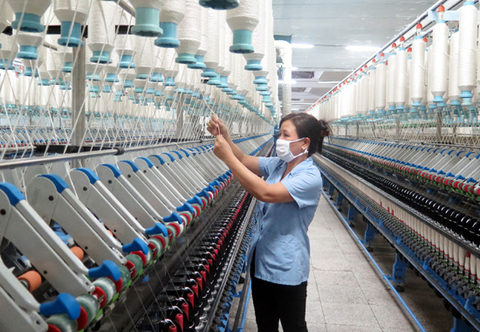 |
| Production line of the Nam Dinh Textile Corporation. - VNA/VNS Photo Hien Hanh |
The SOE restructuring process is being implemented very slowly and poorly, according to the report on strengthening state-owned enterprises in the 2016-2020 period (facts and effects), released by the Central Institute of Economic Management (CIEM).
From 2016 to May 2017, only five SOEs were equitised, while the assets of 38 SOEs were evaluated but they did not receive approval for equitisation. Another 107 SOEs are in the evaluation process. Till date, equitisation has been slow and the quality of equitisation activities has not improved.
Selling state-owned shares continues to be difficult, the report says. The reasons are that the policy for selling shares has not changed, and many of the regulations are not grounded in reality. As a result, state-owned shares have not attracted investors outside of enterprises.
The report also pointed out that during the 2011-15 period, eight SOEs were declared bankrupt, but from 2016 till date, only one SOE has been declared bankrupt. This is a low figure when the huge losses incurred by SOEs are taken into account.
"The primary reason for this low bankruptcy rate is that the managers and employees of SOEs facing losses do not want them to be declared bankrupt," said Pham Duc Trung, head of CIEM’s corporate development and reform department.
The other reasons for low equitisation rate are poor fiscal discipline and weak corporate management.
Also, SOEs have received a lot of aid when they encountered difficulties, so they have not prioritised their own restructuring. Enterprises that are making losses and have inefficient investment projects have not been dealt with thoroughly and in accordance with prescribed rules.
CIEM director Nguyen Dinh Cung said that if the restructuring of SOEs was accelerated, hundreds of trillions of US dollars in capital would get pumped into the economy, creating a new growth engine that could help even exceed targets. However, if there was no strong will to restructure SOEs, it would be difficult to achieve the GDP growth target of 6-7 per cent for 2017.
State assets, including SOEs, must be used more efficiently, instead of trying to boost the economy by increasing the exploitation of crude oil and coal, and mineral exports, Cung advised.
Viet Nam’s restructuring plan for SOEs by 2020 will focus on the restructuring of the industries and management. Around 240 SOEs are scheduled to be restructured by 2020. Of this, 103 state-owned and local state-owned enterprises will remain with the state, while it will continue to hold controlling shares in 31 SOEs. The state will also hold less than 50 per cent of the capital in 106 SOEs.
Cung said currently the biggest problem for SOEs was the lack of a supervision model.
Many economists have said that it is urgent to restructure state-owned assets to collect the maximum state-owned capital from equitisation and continue improving the efficiency of corporate management and operations.
Tran Tien Cuong, head of the team compiling the report, said the process of equitising SOEs must be more efficient, and especially large enterprises at the risk of collapse must be handled carefully. The Government has to strengthen the direction and perfect the mechanisms and regulations related to the rights and obligations of related parties in the restructuring process, focusing on equitisation activities.
Deputy Minister of Planning and Investment Dang Huy Dong said that it was necessary to improve the management and supervision of SOEs, to increase transparency of information on their operations, and to enhance the inspection and supervision of the operations of state-owned economic groups and corporations.
In addition, the heads of ministries, localities, state economic groups and corporations should take more responsibility in implementing the restructuring and equitisation plans, Dong said, adding that the government must take strict action against business leaders who don’t efficiently restructure and manage the SOEs.
What the stars mean:
★ Poor ★ ★ Promising ★★★ Good ★★★★ Very good ★★★★★ Exceptional
Latest News
More News
- Investors betting on construction steel through 2025 (November 26, 2024 | 13:43)
- LEGO Group seeking hundreds of workers to start operation at Binh Duong factory (November 26, 2024 | 11:22)
- PM orders strengthened state management over e-commerce (November 26, 2024 | 10:18)
- Top 10 reputable pharmaceutical, medical supply companies in 2024 announced (November 26, 2024 | 09:32)
- PM Pham Minh Chinh meets Ericsson CEO (November 26, 2024 | 08:48)
- How Masan employs dealmaking to build its consumer-retail platform (November 25, 2024 | 16:00)
- Kim Oanh Group: reaching out internationally (November 25, 2024 | 15:35)
- Takeda’s partnerships to deliver innovative medicine and vaccines (November 25, 2024 | 14:00)
- New SABECO R&D brewery to foster employee creativity (November 25, 2024 | 13:00)
- Operators embark on 5G services (November 25, 2024 | 12:00)





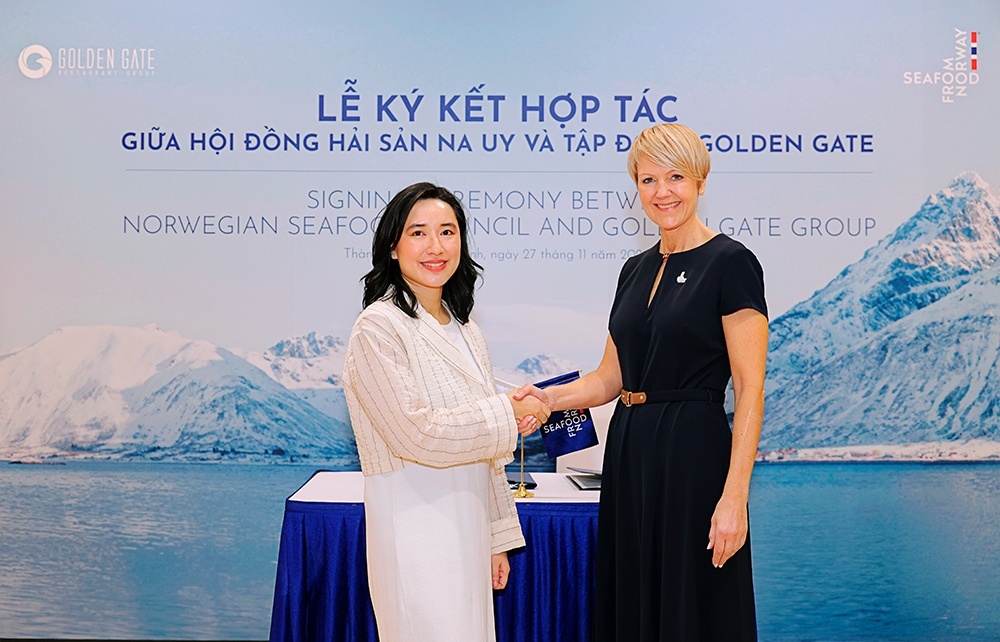

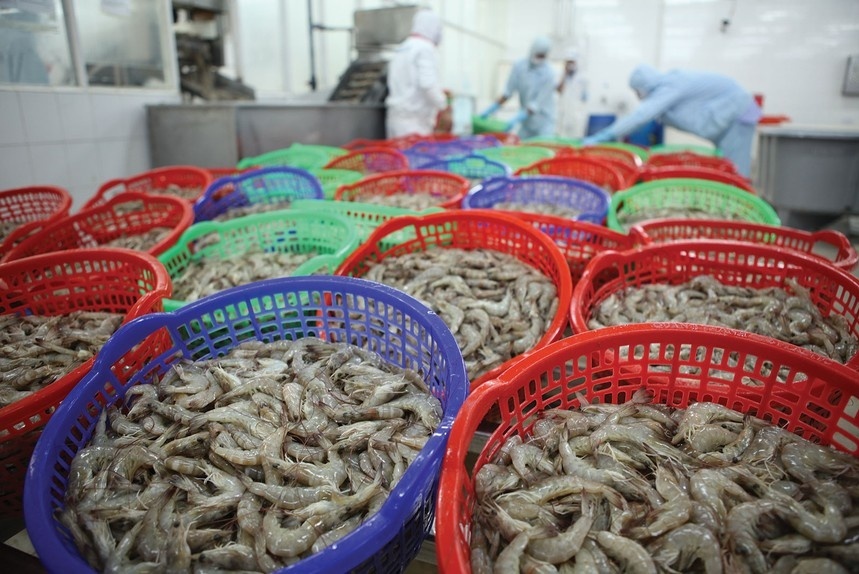





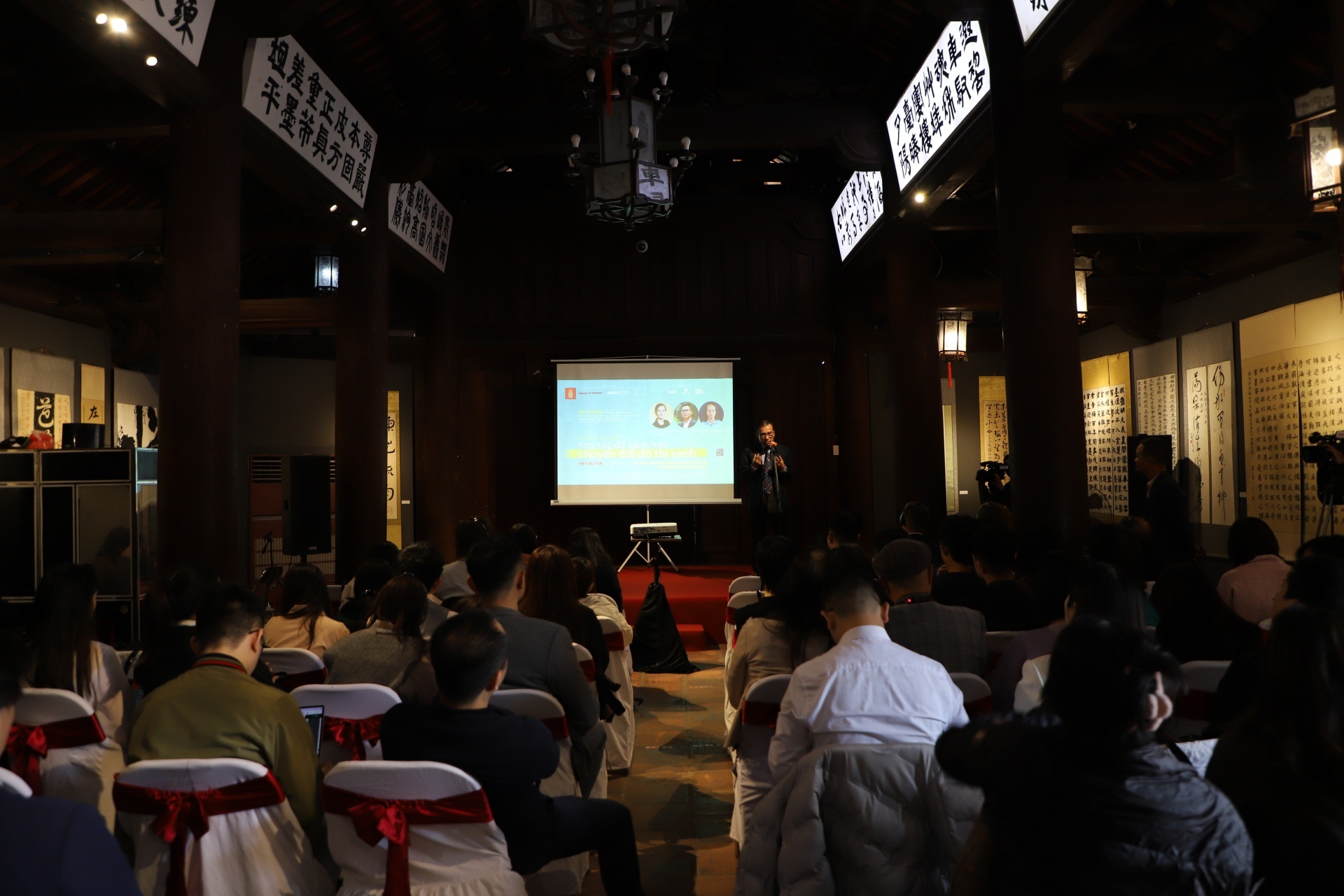
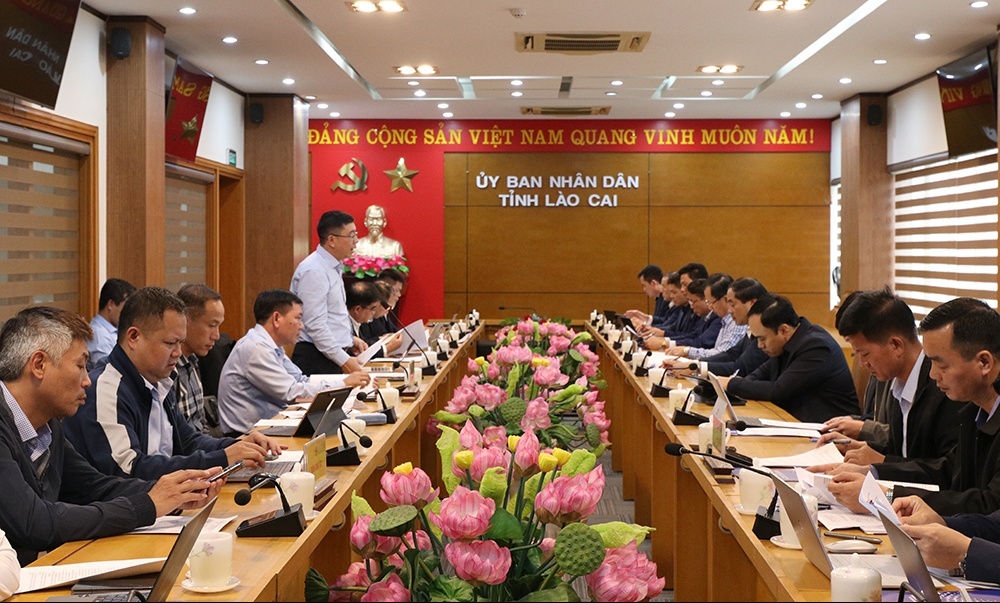




 Mobile Version
Mobile Version